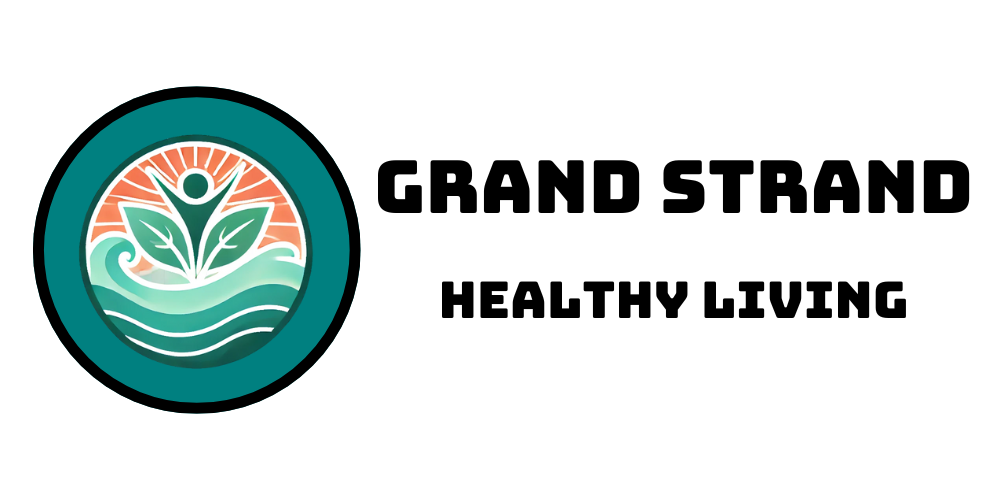
Discovering the Hidden Benefits of Walking
Walking, a simple activity often underappreciated, offers myriad health advantages, including heart health improvement, blood sugar regulation, calorie burning for weight loss, and muscle toning. Recent studies have extended the understanding of walking by emphasizing not just duration but also walking pace. A trend known as Japanese walking, which involves alternating between different walking speeds, may enhance these benefits even further.
The Impact of Walking Pace
A pivotal study published in the American Journal of Preventive Medicine, led by Dr. Wei Zheng from Vanderbilt University, sheds light on this emerging insight. Tracking 86,000 individuals over 17 years, this research correlated the walking pace of participants with their health outcomes, particularly mortality rates. Key findings indicate that those who engaged in brisk walking for at least 15 minutes daily experienced a significantly lower risk of dying compared to their slower-paced counterparts.
Brisk Walking and Health Across Demographics
Interestingly, this study examined a demographic often sidelined in exercise research: individuals living on less than $15,000 a year, many of whom were Black. Zheng notes that these communities face higher risks of various health issues, including diabetes and hypertension. Therefore, the study's revelations offer hope: adopting brisk walking could serve as an accessible, low-cost health strategy for those at heightened risk.
Walking: A Quick and Effective Exercise
The current public health advice recommends engaging in moderate exercise for at least 30 minutes, most days of the week. Yet, Zheng highlights that even a modest 15 minutes of walking can yield health benefits. This information is particularly encouraging for residents of the Grand Strand in South Carolina, many of whom may find the prospect of regular exercise daunting. Incorporating just 15 minutes of walking into your routine can serve as a stepping stone to better health.
Best Practices for Walking
While brisk walking significantly boosts health benefits, those who stroll at a slower pace can also improve their health. The recommendation is clear: if walkers can add a few segments of faster walking to their routine, they can enhance their overall fitness. Adopting this interval approach aligns with existing exercise regimens and, now, reveals its potential in casual walking.
Integrating Walking into Daily Life in the Grand Strand
As residents of Myrtle Beach, North Myrtle Beach, and surrounding areas, the beautiful and accessible coastal environment offers perfect venues for incorporating walking into daily life. Whether taking a leisurely stroll along Ocean Drive or embarking on a brisk walk through the natural beauty of Pawleys Island, every step contributes to better health.
Taking the First Step
For those feeling overwhelmed by health and fitness expectations, the key is to start small. The valuable insights from recent walking research suggest that a simple commitment to walk can have lasting benefits. Create a walking schedule that fits into your routine—perhaps a 15-minute walk after breakfast or a stroll at sunset in Litchfield Beach. It’s about finding opportunities to move.
Final Thoughts: Embracing the Power of Walking
Walking may seem straightforward, but its impact on health can be profound. Residents in communities like Murrells Inlet, Garden City, and Surfside Beach can harness this knowledge to improve their wellness by walking consistently and incorporating intervals of brisk walking. Don't underestimate this accessible form of exercise; embracing the benefits of walking can lead to a healthier, longer life. So lace up those shoes, step out of your door, and walk your way to better health!
 Add Row
Add Row  Add
Add 





Write A Comment